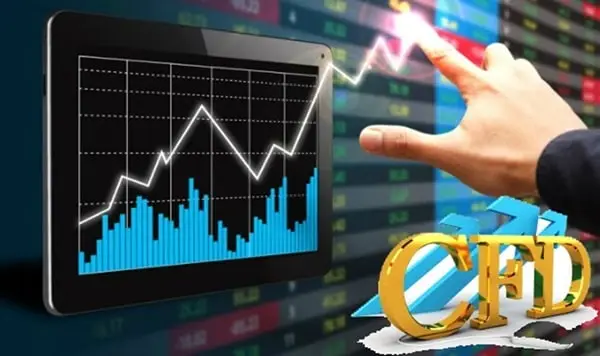Are you among those looking to capitalize on market movements without owning the underlying assets? If yes, then a Contract for Difference trading is the best option available. Although CFD trading offers significant profit potential, it is a complex and high-risk activity that requires a well-planned strategy.
If you are willing to be successful in this competitive market, then it is essential for you to understand the key elements of success and navigate the common pitfalls. Some insider tips that CFD brokers reviewed and hide from their clients may help you succeed in CFD trading.
What is CFD trading?

Do you love trading in the stock market? Are you willing to trade with minimum capital? If yes, then CFD trading is something that you should look into. CFD trading stands for Contract for Difference trading which allows the traders to trade on the price movements without owning the assets. In simple words, in this, an individual can profit from the price movement of various financial markets including:
- Stocks
- Indices
- Commodities
- Currencies
The biggest advantage of CFD trading is the requirement of minimum capital. Traders can open positions based on whether they believe the price will go up or down. The ability to trade on margin is another attractive feature of CFDs.
Traders can use leverage which allows them to lock the larger position with a smaller initial deposit. Remember, financial markets are often uncertain and unpredictable. This means, there are equal chances of losing the invested money. Therefore, we suggest you only invest the money you are ready to lose. Trading more than you can afford can put you into a financial crisis.
Develop a solid strategy.
The success in CFD trading is not as simple as it looks. It requires the execution of a well-planned strategy or plan. An inversion must have clear goals and they should have identified the markets they are willing to trade in.
A common mistake many traders make is getting into the market without a clear plan. To avoid this, conduct thorough research on the assets you want to trade and stay updated with market news and trends. The majority of professional traders, choose one market and stick to it. This helps them to master particular markets. Jumping into the different markets will turn you from a trader to a gambler.
Managing risk
Risk management is among the most important aspects of CFD trading. You can’t be successful in CFD trading without risk management, regardless of the skills and experience you have. While trading on leverage offers the potential for significant gains, it also increases the risk of substantial losses. To protect your trading capital, you must set strict risk management rules.
The best way to manage the risk in CFD trading is to set up a Stop-loss. A stop-loss is a predetermined price at which your position will be automatically closed if the market moves against you. This ensures that you limit your losses and protect your capital. Proper risk management requires a pre-determined risk for each bet. Additionally, the number of bets must be pre-decided.
Leverage
Leverage is one of the most powerful tools in CFD trading, but it must be used wisely. Leverage is equally beneficial and risky. If you are a beginner, then you must stay away from leverage. This is because it promotes greed, which often becomes the biggest reason for significant losses.
Professional traders often use lower leverage ratios, as they understand the dangers of over-leveraging. By using lower leverage, you can reduce the volatility of your trades and have more control over your risk exposure. Always remember that leverage should be used as part of a broader risk management strategy rather than a shortcut to higher profits.

Meet Suhas Harshe, a financial advisor committed to assisting people and businesses in confidently understanding and managing the complexities of the financial world. Suhas has shared his knowledge on various topics like business, investment strategies, optimizing taxes, and promoting financial well-being through articles in InvestmentDose.com


